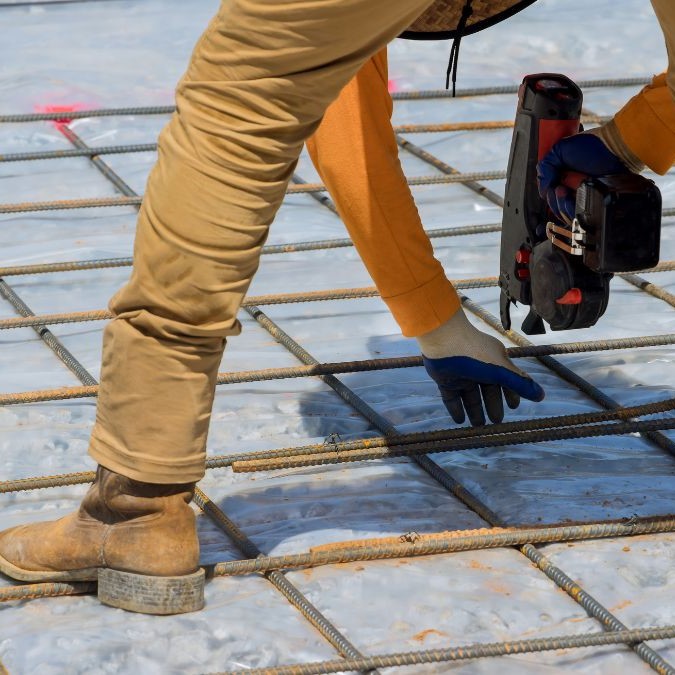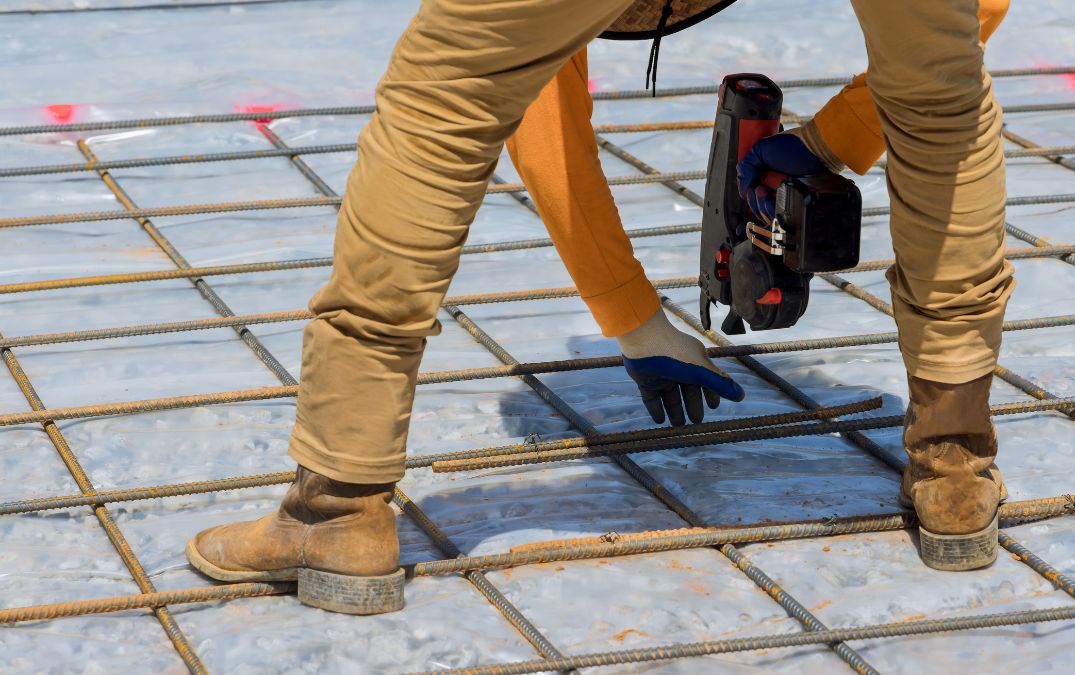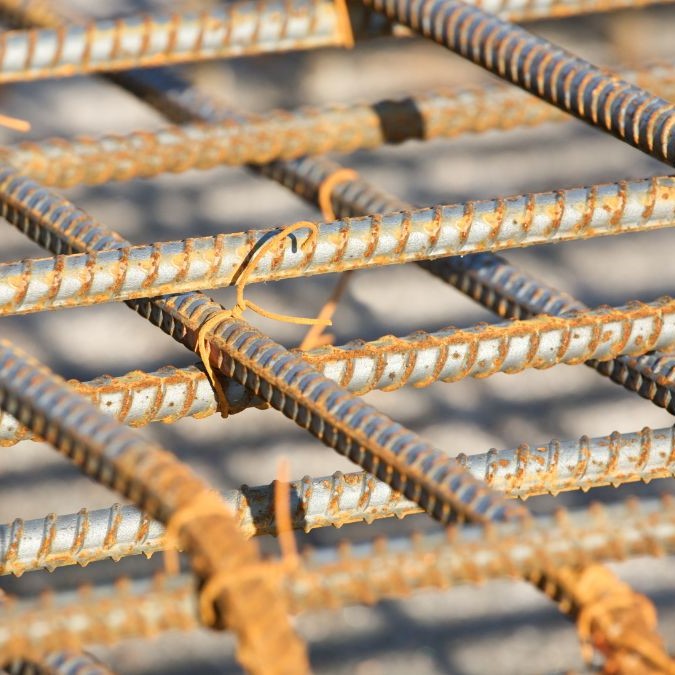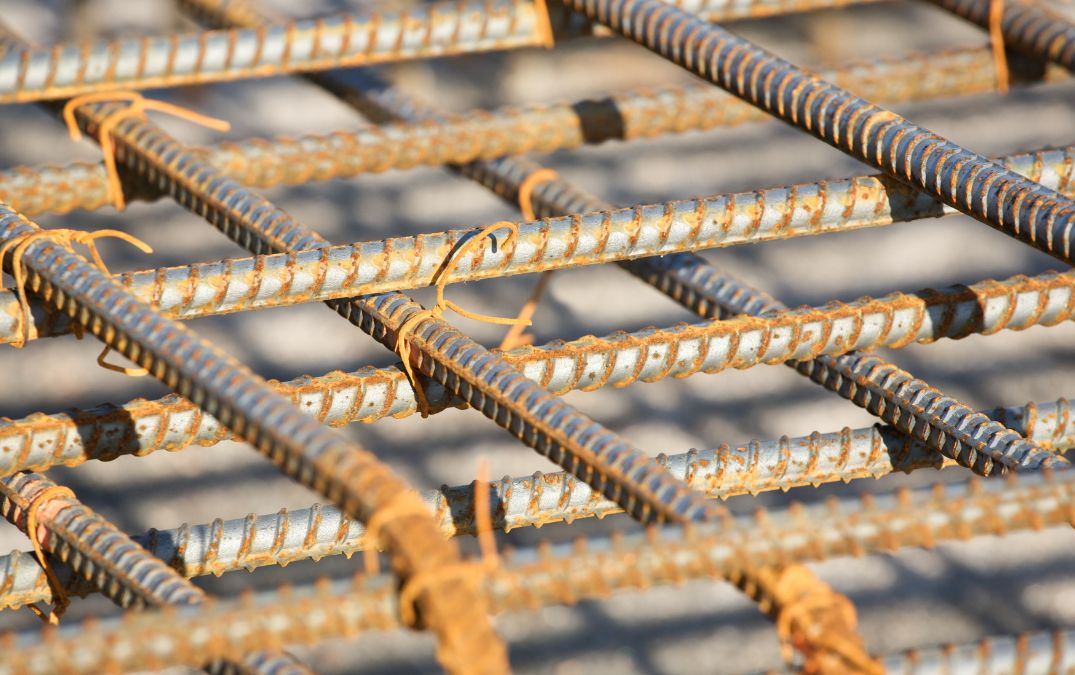Fiber reinforcement is a modern approach to concrete reinforcement that’s been gaining popularity for its versatility and effectiveness. Unlike rebars or wire mesh, fibers are mixed directly into the concrete. These fibers can be made from steel, glass, synthetic materials, or even natural products like cellulose.
The big advantage of fiber reinforcement is that it provides uniform strength throughout the entire concrete slab. This helps control cracking from both shrinkage and temperature changes. Because the fibers are distributed throughout the mix, they help hold the concrete together at the microscopic level, reducing the likelihood of cracks forming and spreading.
Fiber reinforcement is particularly useful for decorative concrete floors, where you want to avoid visible cracks at all costs. It’s also great for overlays, repair work, and any situation where you want to enhance the durability of the concrete without the hassle of laying down traditional reinforcement materials.
Improper placement of reinforcement. Whether you’re using rebar, wire mesh, or fibers, placement is key. Rebar and wire mesh need to be positioned correctly within the slab to be effective. Too close to the surface, and they’ll corrode; too deep, and they won’t provide the needed tensile strength. You want them positioned in the middle third of the slab’s thickness. For fibers, ensure they’re evenly mixed throughout the concrete to avoid clumping.
Next, skimping on the amount of reinforcement. Cutting corners by using less reinforcement might save you some money upfront, but it’s a false economy. Insufficient reinforcement means your floor won’t handle stress properly, leading to cracks and potential structural failure. Follow the specifications for your project and don’t shortchange on materials.
Another common mistake is ignoring the importance of proper anchoring and tying of rebar and wire mesh. If these materials move during the pouring of concrete, their effectiveness is compromised. Make sure rebar is securely tied and supported by chairs or spacers to keep it in place. For wire mesh, ensure it’s lifted into position as you pour to avoid it sitting on the bottom of the slab.
Skipping the curing process is another big no-no. Concrete needs time to cure properly to gain its full strength. This means keeping it moist and at the right temperature for several days after pouring. Neglecting this step can lead to weak concrete and increased cracking. Use curing blankets, sprays, or wet coverings as recommended to ensure proper curing.



